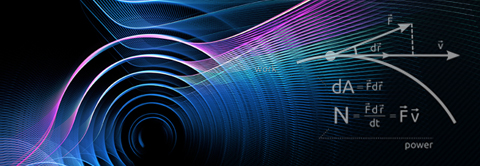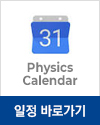Phonons and polariton-like particles in trapped ions for quantum computation and quantum simulation
2018.06.12 14:21
| 날짜 | 2018-06-14 10:00 |
|---|---|
| 연사 | |
| 장소 | E6-2, 2nd fl. #2502 |
Physics Seminar
“Phonons and polariton-like particles in trapped ions for quantum computation and quantum simulation”
Osaka University
Phonons are ubiquitous quantum-mechanical excitations representing the quantized energies of vibrational modes. They are becoming more and more actively controled and used in such areas as phonon engineering and optomechanical systems. In the study of trapped ions for quantum information processing, as well, phonons has taken essential roles. They have been traditionally used to mediate information between internal-state qubits to realize quantum gates. On the other hand, they have certain useful properties, in their own right, for use as independent degrees of freedom. Phonons obey the Bose-Einstein statistics, and by adjusting trap parameters they can take global as well as local characteristics. These properties can be utilized for such areas as quantum computation and quantum simulation.
In this talk, I would like to present three topics related to phonons and characteristic motions in trapped ions. The first one is experiments on two-phonon interference (the Hong-Ou-Mandel effect) and prospects toward realization of phonon-based quantum computing using the interference of multiple phonons. The second topic is the quantum simulation of interacting particles in solid-state materials based on phonon-based quasiparticles. When ions are illuminated with optical pulses resonant to vibrational sidebands, quasiparticles called phonon-polaritons are formed, which can be used for quantum simulation that catches the basic characteristics of interacting electrons in solids. The last topic is the study of a ''quantum rotor'' made from a three-ion crystal in a triangular shape. The superpositions of optically distiguishable two orientations of the crystal are realized by cooling its rotational mode to the ground state. Furthermore, their dependence to an applied static magnetic field, due to the Aharonov-Bohm effect, is observed.
Contact: EunJung Jo, Physics Dept., (jojo@kaist.ac.kr)
Department of Physics, KAIST







